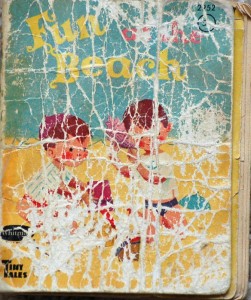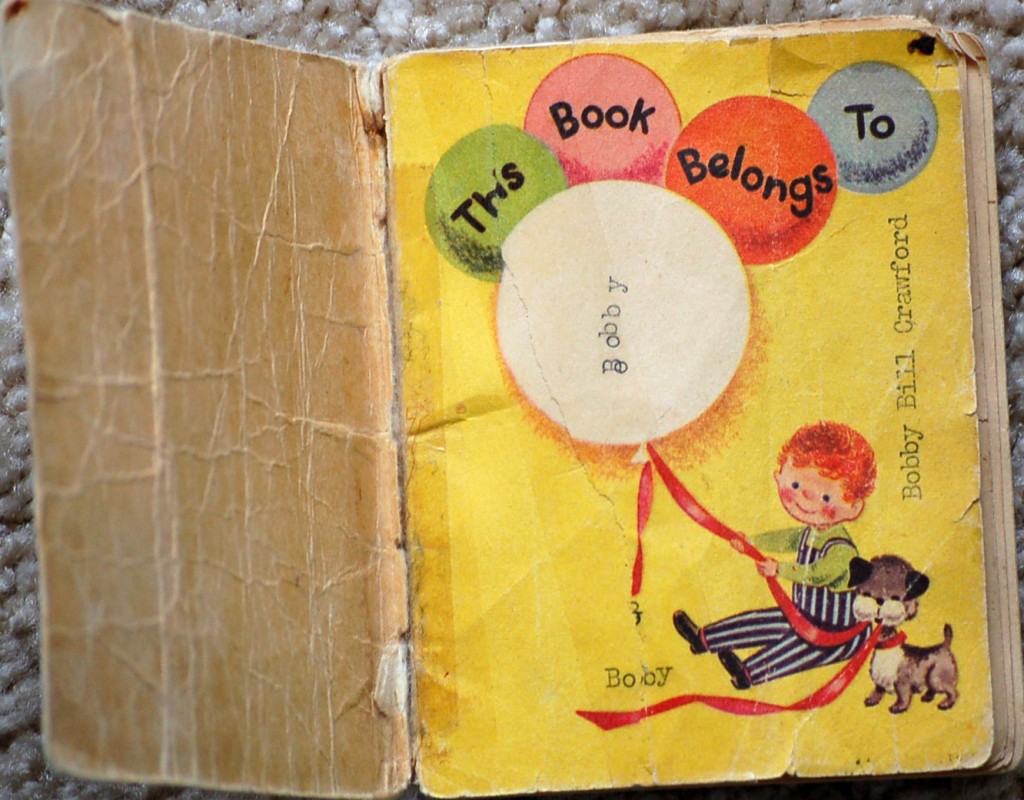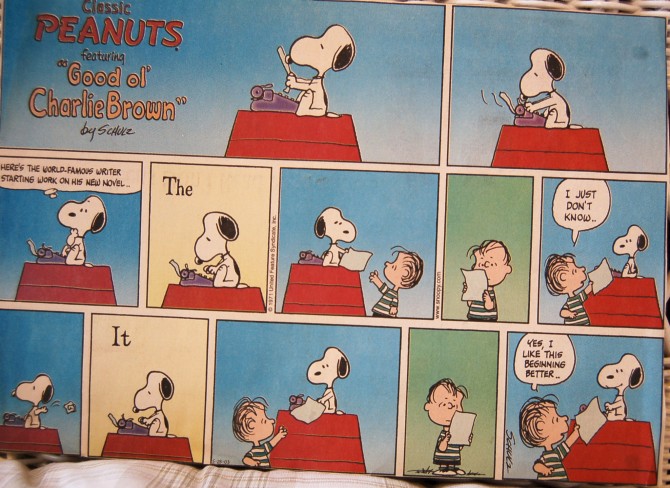I love having children in our home. Our children and grandchildren bless us abundantly, but there will always be room in my heart for more. Therein lies my motivation to author picture books. I can write more children into the world and introduce them to our grandchildren. I can name, incorporate family traits and idiosyncrasies, and hit the backspace when they get too sassy or unmanageable.
The other morning I awoke to a dream that my husband and I had adopted a little boy. Before I was coherent I murmured to my husband, who was in the bathroom, out of earshot, “Thank you so much. I LOVE him.”
Now I realize the boy I’d “adopted” is the protagonist in my latest picture book manuscript. Like my own kids — the more I nurture him, the more I know and love him.
To add flesh to my picture book characters and story, I’ve made a dummy for each manuscript. (A dummy is a 32-page mock book to assist in structuring a story.) Since I’m artistically-challenged, I use Microsoft Publisher to incorporate clipart. This serves me well to create reader-friendly stories for “test drives” with my grandchildren and others.
Unfortunately, (or fortunately — depending upon the day), there’s no clipart that truly depicts my family – even those adopted in my dreams. Ironically, the clipart protagonist I chose (from iclipart.com) has red hair. No one in our immediate family has red hair. Perhaps I chose a red-head because I didn’t want anyone to recognize who he might be in real life. Or, maybe I’m subconsiously fashioning him after a young Napolean Dynamite  or my red-headed cousin that I haven’t seen since childhood: Bobby Bill. Hmmm…come to think of it…
or my red-headed cousin that I haven’t seen since childhood: Bobby Bill. Hmmm…come to think of it…
Just yesterday I tried changing the color of my protagonist’s skin and hair because I thought potential agents might be looking for a more exotic approach. Then I realized how silly that was. When the “real” illustrator gets ahold of my stories, the characters will look exactly as they are meant to look. It’s like giving birth. Initially, I won’t know who’ll come out, but I’ll trust the one/One fashioning them for life in the world. After all, I already love my “children” before I behold their faces, because I’ve already held them in my heart.
Sometimes a character is really mini me (an older, female Napoleon Dynamite). One manuscript is about terminal tardiness. The story line came to me after pulling on two locked doors minutes after closing time. First, I stood at the post office door with a time-sensitive document, then at the optical office across town with old, worn contacts in my eyes. All of the fruitless running made me late for a dinner date with my husband. I hated the feeling of disappointing him with my carelessness.
Interestingly, our daughter thinks the story’s about her brother, our oldest son. (Sorry son – it’s in the genes.)
Our granddaughters point at the characters in a story and argue, “I’m her.”
“No, I’m her!”
“NO, I’M HER!
“How ‘bout all of us be her?”
It’s fun to see the character(s) they most identify with – and to learn why. (Usually it’s whoever’s wearing pink.)
I’m excited by the opportunity to create new possibilities, relive lessons learned, investigate ones not learned, and ensure happy endings where they’re missing. The best thing about writing children’s books? The children we create can stay children forever. And, they can live on — long after we’re gone — so our children’s children can enjoy them, too.






